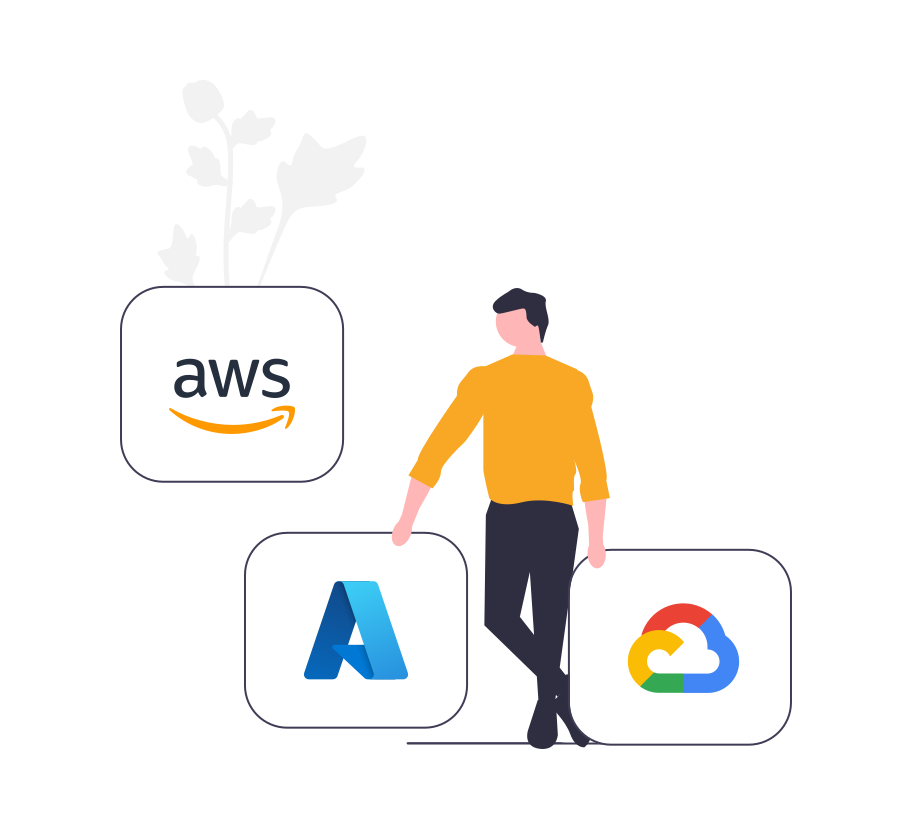Introduction to Cloud FinOps
By: Ciopages Staff Writer
Updated on: Feb 25, 2023

Cloud FinOps is a vital capability for most large enterprises. As companies embark on moving all applications and operations to the cloud, cloud operations and cost control are emerging as critical disciplines. Enterprises are increasingly dependent on multiple cloud providers, and things can spiral out of control without a structured way to manage cloud operations and control costs.
According to FinOps Foundation’s Technical Advisory Council, “FinOps is an evolving cloud financial management discipline and cultural practice that enables organizations to get maximum business value by helping engineering, finance, technology, and business teams to collaborate on data-driven spending decisions.”
CIOs always look for ways to optimize their IT infrastructure and operations. One relatively new area of focus is known as “Cloud FinOps.”
In a nutshell, Cloud FinOps is the practice of Financial Operations for the cloud. In other words, it’s all about managing costs and optimizing spending when using cloud services. Because let’s face it: cloud services can be expensive!
Fortunately, some tried-and-true techniques can help CIOs get a handle on their organization’s cloud spending. In this blog post, we’ll introduce you to Cloud FinOps and provide tips for getting started. Stay tuned!
Cloud FinOps and its importance
Cloud FinOps is a field focused on optimizing and managing cloud costs. Cloud computing has become integral to many organizations; however, rising cloud costs can significantly impact businesses. Cloud FinOps practices help to reduce the risks associated with cloud cost management by allowing organizations to assess better and monitor their spending to control expenses. This approach aims to minimize cost optimization’s complexity while lowering costs, increasing customer satisfaction, and gaining greater visibility into where budget dollars are spent. Cloud FinOps can thus help maximize business savings by providing guidance on best practices regarding cloud pricing and usage optimization strategies.
The Benefits of Cloud FinOps
Cloud FinOps has revolutionized financial operations, offering significant benefits to organizations of all sizes. Some of the benefits include:
- Improved cost efficiency and visibility
- Transparency in reporting and cost management
- Faster resolution of discrepancies between planned and actual costs
- Optimization of resources
- Easier sharing of data between finance and technical teams
- Increased scalability due to a pay-as-you-go structure
- Comprehensive insights regarding cloud spending patterns
- Improvements in workforce productivity mean greater overall efficiency.
With these time-saving and cost-cutting benefits, Cloud FinOps is an ideal solution for any business looking to streamline its operations.
Critical components of a successful Cloud FinOps Strategy.
Cloud FinOps has become an increasingly important aspect of success in any organization. A Cloud FinOps strategy should encompass three main elements: financial accountability, data-driven decisions, and automation.
Financial responsibility ensures that Cloud costs are known upfront and regularly monitored for potential savings opportunities.
Data-driven decisions use metrics to inform Cloud spending and better prioritize initiatives.
Finally, automation is key to streamlining Cloud management processes into a single integrated system. Together, these components form the foundation of a successful Cloud FinOps strategy that can drive more effective budgeting and cost optimization across the entire Cloud ecosystem.
Getting started with Cloud FinOps
Getting started with Cloud FinOps is a critical step for an organization to monitor and control its cloud financial performance. The first step is understanding your existing cloud spending and developing a strategic roadmap for where you want to be. Next, utilize analysis tools to gain deeper insight into behaviors that drive costs and establish cost optimization goals. Finally, use the data to refine the roadmap and identify potential cost savings opportunities. With these key steps in place, you will be well on your way to successfully implementing Cloud FinOps in your organization.
Challenges and pitfalls associated with Cloud FinOps
Investing in Cloud FinOps is, without a doubt, an excellent move for companies looking to modernize their financial operations. However, there are challenges and pitfalls to be aware of if you hope to make the most of this technology. For one thing, switching from traditional enterprise finance systems can be tricky for existing staff, as it requires mastering a new system. Additionally, it’s important to monitor cloud infrastructure costs actively and optimize appropriately to reap maximum cost savings – otherwise, costs can quickly spiral out of control. Finally, any cloud provider should have adequate security measures to protect data privacy and access integrity – an overlooked vulnerability could lead to severe consequences. It’s clear that there’s tremendous potential with Cloud FinOps, but understanding and mitigating the challenges and pitfalls associated with it are essential.
Why CIOs must care about Cloud FinOps
For those in the CIO role, understanding Cloud FinOps is essential to optimizing their cloud infrastructure and staying ahead of the competition. Cloud Financial Operations (FinOps) is a discipline aimed at improving how companies design, build, manage and optimize cloud-computing resources to achieve cost optimization and operational efficiencies. By leveraging this methodology, CIOs can have visibility into expenses and consumption trends with continual cost optimization experiments to scale appropriately. Additionally, having a deep understanding of cloud costs and usage patterns helps organizations make informed decisions about vendor relationships for managed services or on-demand event workloads. In essence, Cloud FinOps helps CIOs get better returns on technology investments while simultaneously exceeding customer demands by finding the right balance between usage costs and performance levels.
In conclusion, Cloud FinOps is critical for optimizing cloud costs and achieving financial efficiencies. When done correctly, it can result in increased agility and faster innovation. To be successful with Cloud FinOps, CIOs must consider the following vital components: governance, culture, automation, measurement, and accounting. Additionally, it is crucial to get started with Cloud FinOps as soon as possible and to avoid common mistakes such as failing to involve all stakeholders or not correctly measuring results. With so many benefits, there’s no reason not to try Cloud FinOps in your organization.